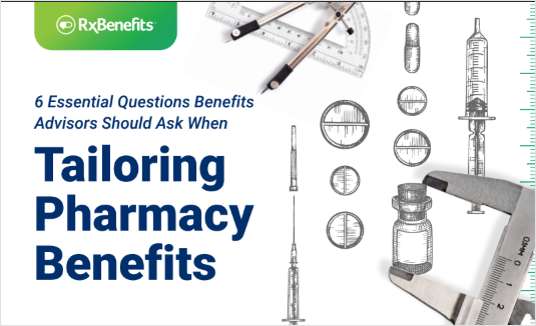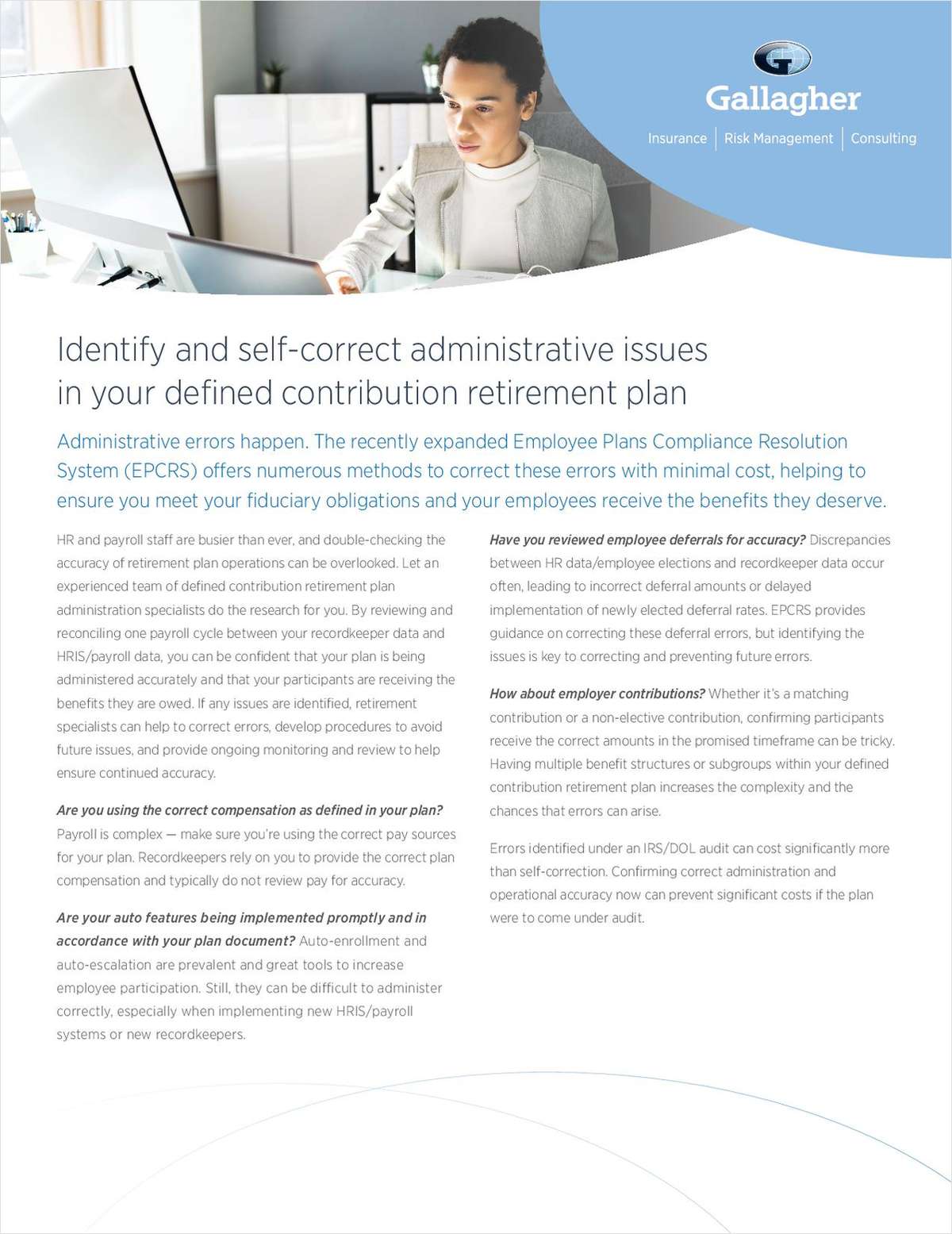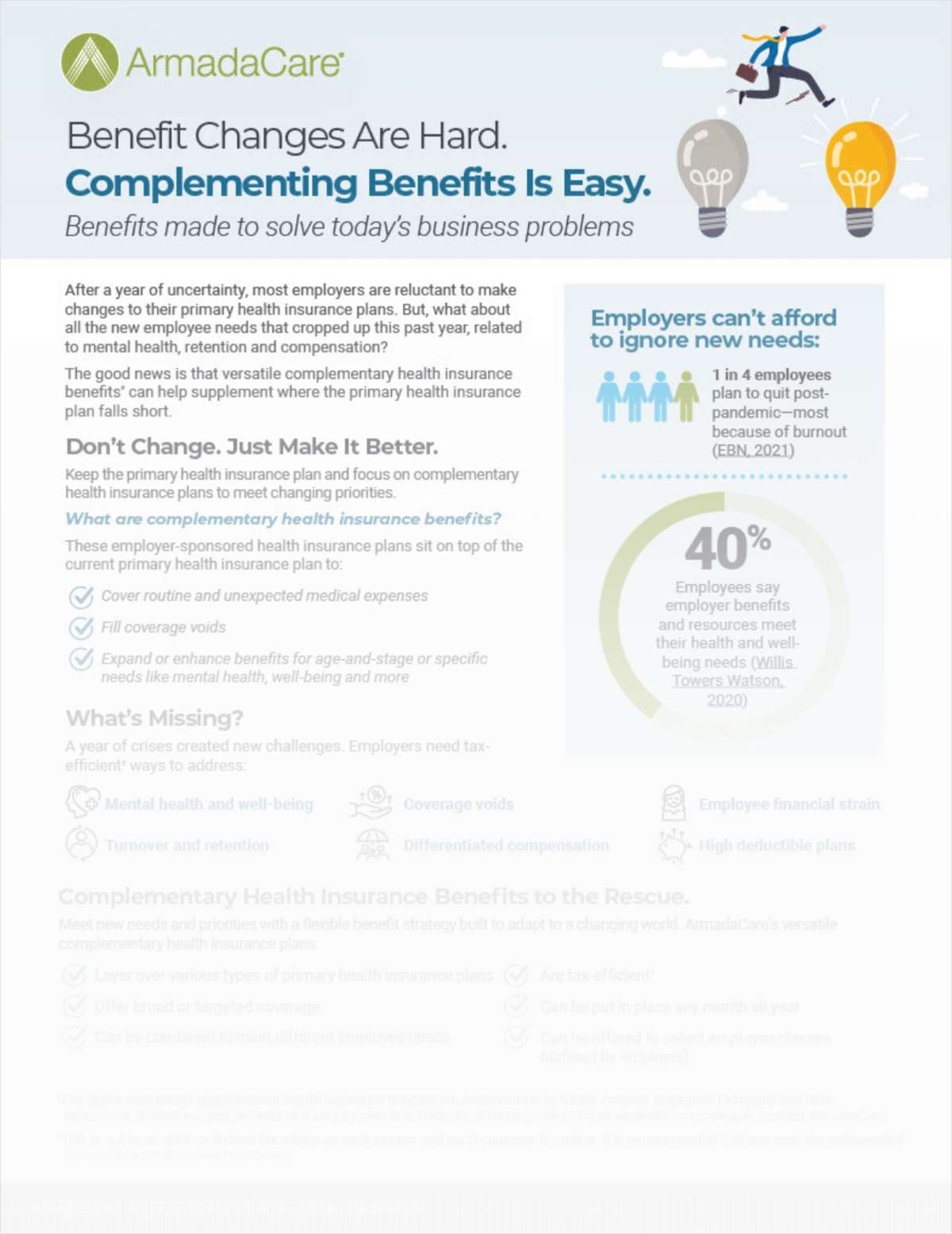The latest data from the Society of Actuaries shows good news for the state of single-employer pension plans.
According to the SOA’s recently updated analysis of pension plans in the private sector, 89 percent of single-employer plans were not carrying any unfunded liability at the end of 2014, and even more are fully funded when factoring Form 5500 data available for the part of 2015.
That most recent analysis shows the continued improvement in the overall status of single-employer pension plans since the financial crisis. In 2013, 78 percent of plans were fully funded.
But the SOA’s analysis also shows that the single-employer system reaps considerable benefits from so-called pension smoothing, a statutorily permissible-- albeit controversial--accounting practice.
The Moving Ahead for Progress in the 21st Century Act, an infrastructure spending bill signed into law in 2012 by President Obama, included a provision allowing sponsors of defined benefit plans to apply higher interest rates to assess future liabilities.
The pension smoothing provision was written as a “pay for” to fund the spending bill.
By allowing sponsors to use the 25-year average of the corporate bond yield, instead of lower near-term rates, plans were allowed to estimate lower liability values, in turn requiring lower annual contributions to plans.
Lower contribution rates meant less money corporations could write off at tax time, translating to more revenue the feds could use to fund infrastructure spending.
But pension smoothing also has the effect of artificially improving pensions’ funded status, say critics of the tactic. According to the SOA, the impact of pension smoothing on plan funding is considerable.
When applying lower, “unsmoothed” interest rates to assess liabilities, the number of fully funded plans drops from 89 percent to 28 percent.
What’s more, pension smoothing vastly affects the number of plans that contribute enough to maintain their unfunded liability and maintain a 7-year funding pace, or the amount of annual contributions needed to close a funding gap over seven years. By law, those two benchmarks are used to assess a plan’s annual minimum contribution rate.
Using smoothed interest rates, 8 percent of plans with an unfunded liability contributed enough to at least maintain funding ratios in 2014. Only 3 percent of unfunded plans fell short of that benchmark.
But when applying unsmoothed rates, almost half of the 72 percent of plans with an unfunded liability did not contribute enough to maintain funding ratios in 2014.
And 55 percent of plans did not contribute enough to close funding gaps within seven years.
In 2014, the smoothed corporate bond rate used to project liabilities was around 6.5 percent, compared to the unsmoothed rate of about 4.75 percent.
The overall pension liability for single employer plans was $1.9 trillion in 2014 when using the higher smoothed rate. As a lot, the plans were 98 percent funded with $30 billion in unfunded pension obligations.
But when applying the lower unsmoothed rate, total liabilities jump to $2.4 trillion, with a funded rate of 91 percent, and $218 billion in unfunded liabilities, according to the SOA.
Complete your profile to continue reading and get FREE access to BenefitsPRO, part of your ALM digital membership.
Your access to unlimited BenefitsPRO content isn’t changing.
Once you are an ALM digital member, you’ll receive:
- Breaking benefits news and analysis, on-site and via our newsletters and custom alerts
- Educational webcasts, white papers, and ebooks from industry thought leaders
- Critical converage of the property casualty insurance and financial advisory markets on our other ALM sites, PropertyCasualty360 and ThinkAdvisor
Already have an account? Sign In Now
© 2024 ALM Global, LLC, All Rights Reserved. Request academic re-use from www.copyright.com. All other uses, submit a request to [email protected]. For more information visit Asset & Logo Licensing.








